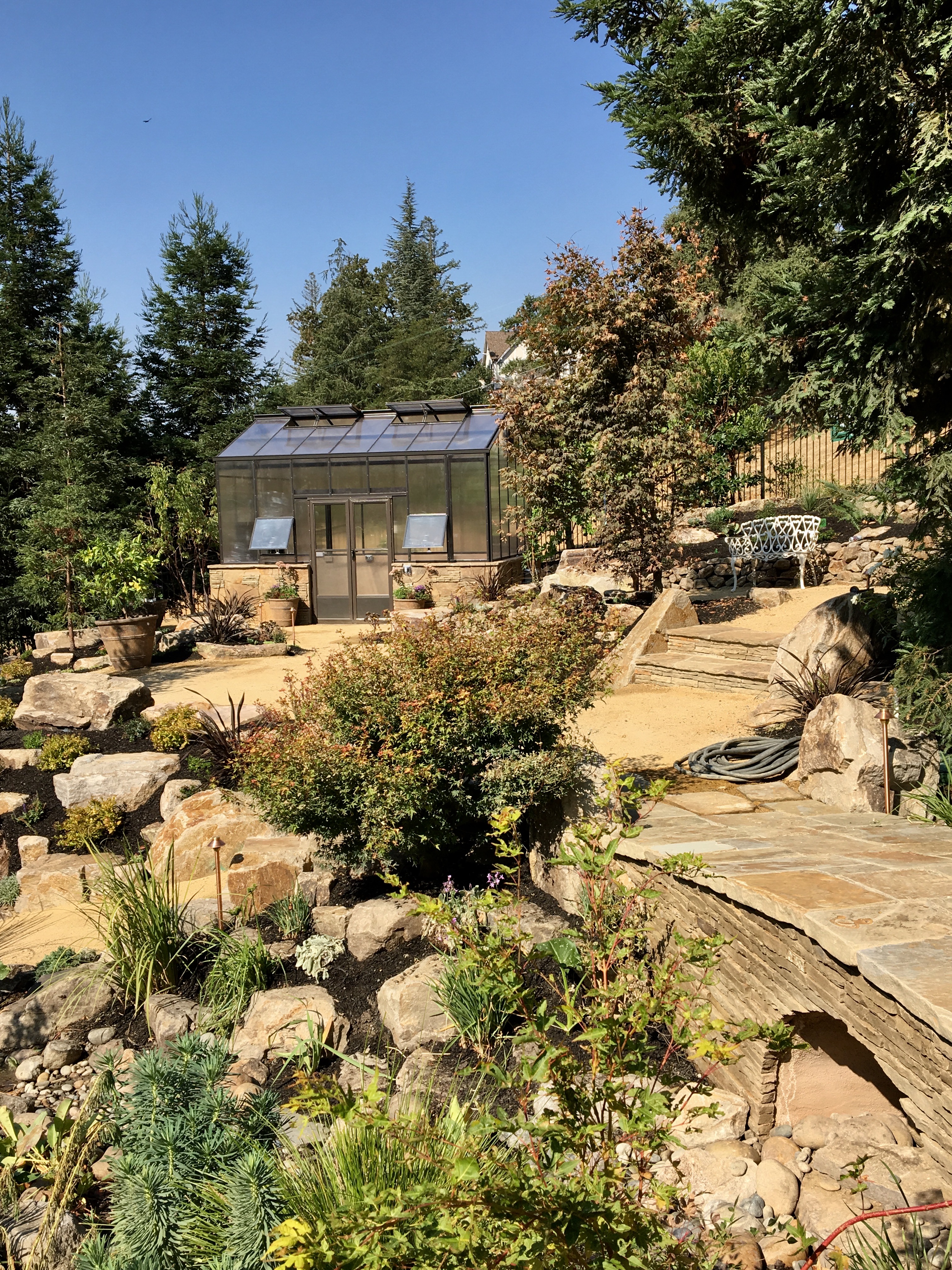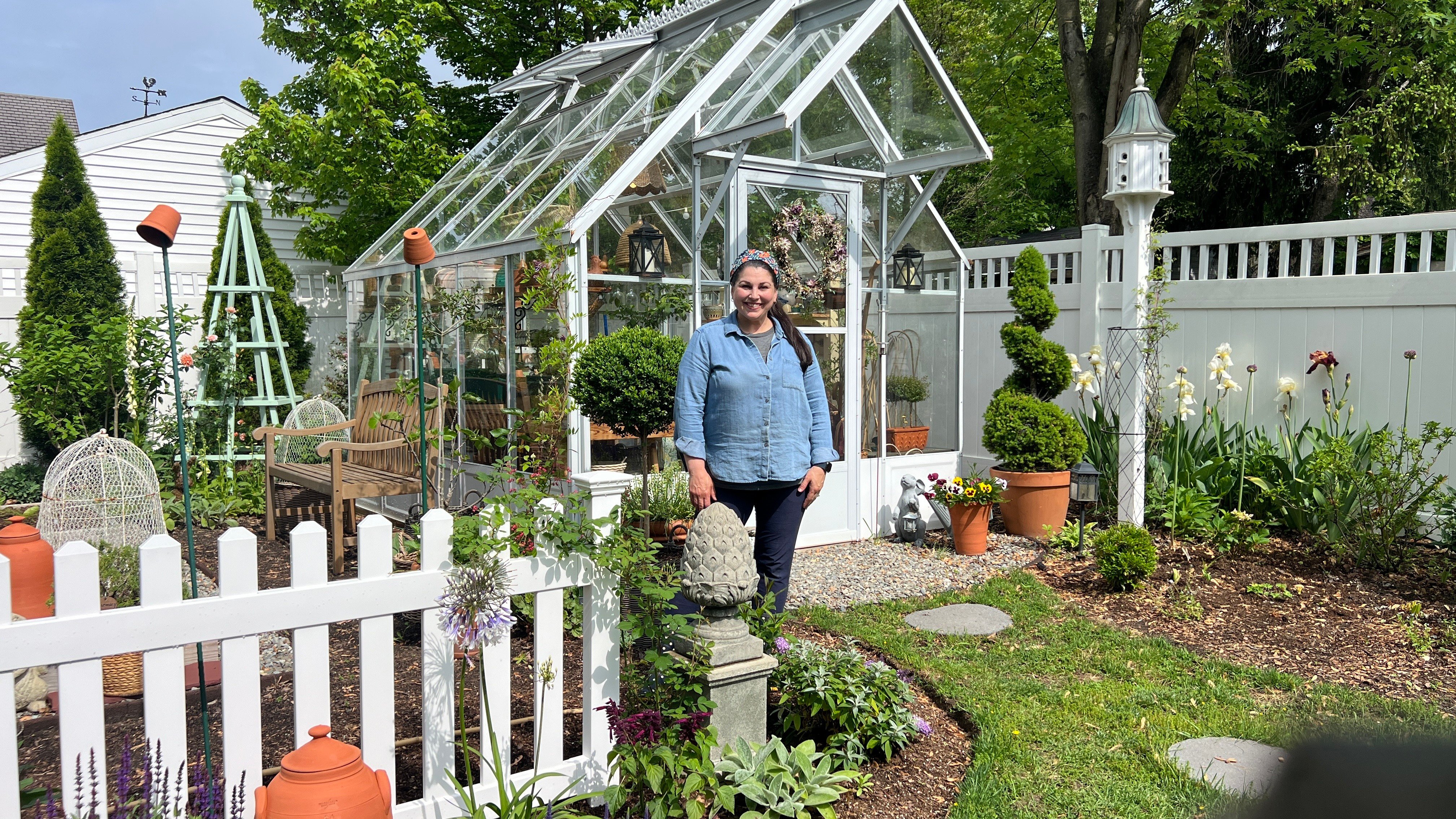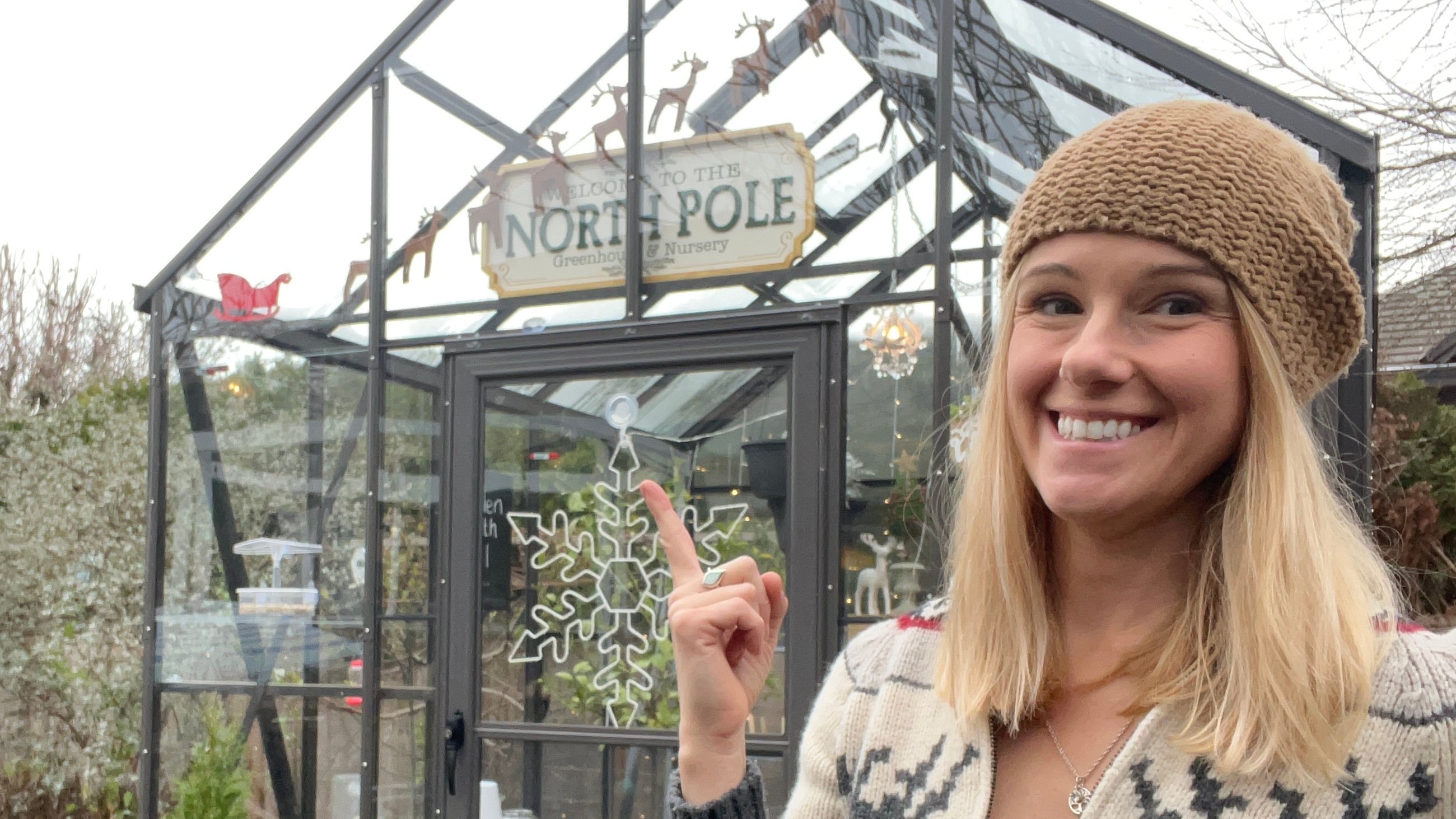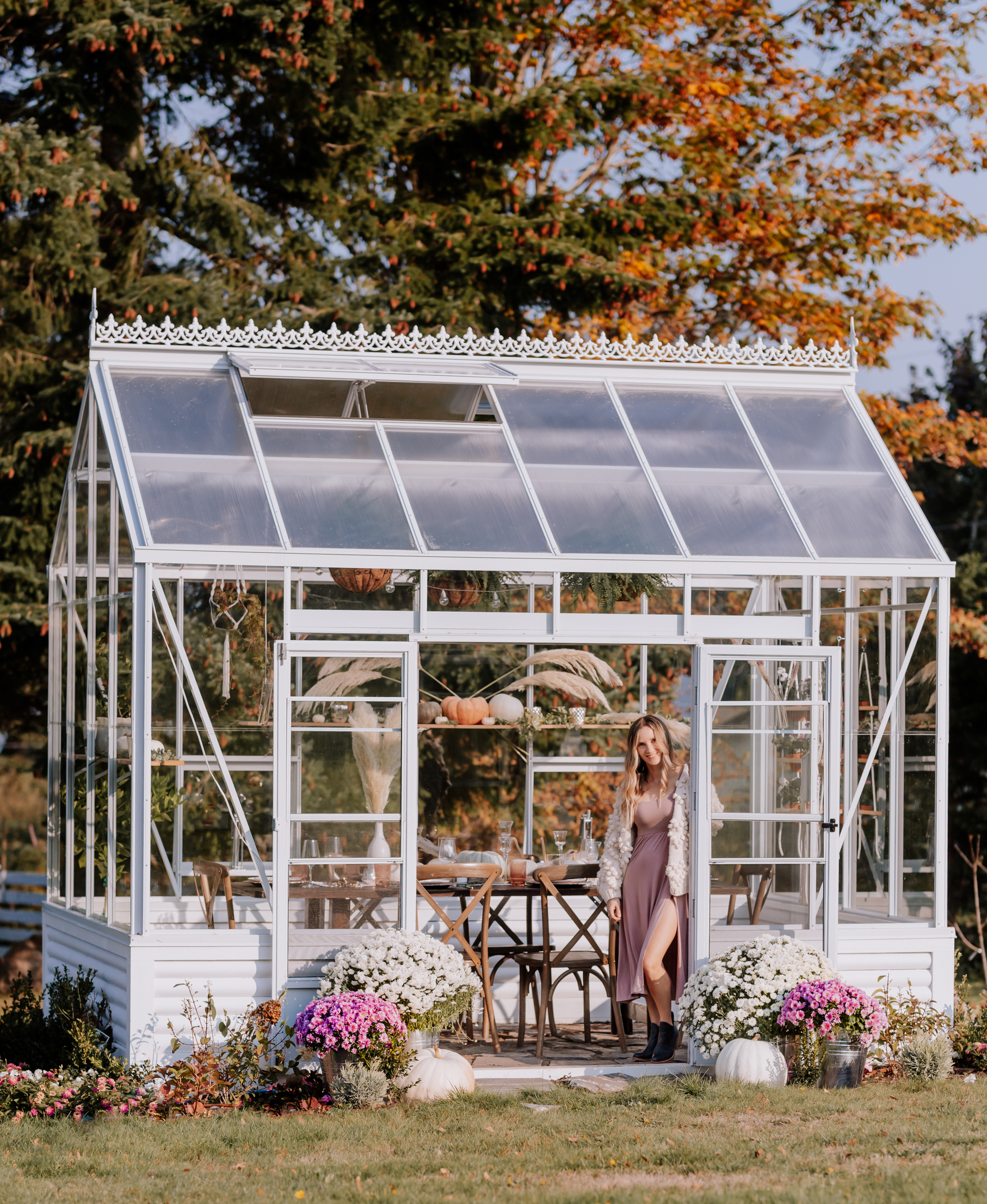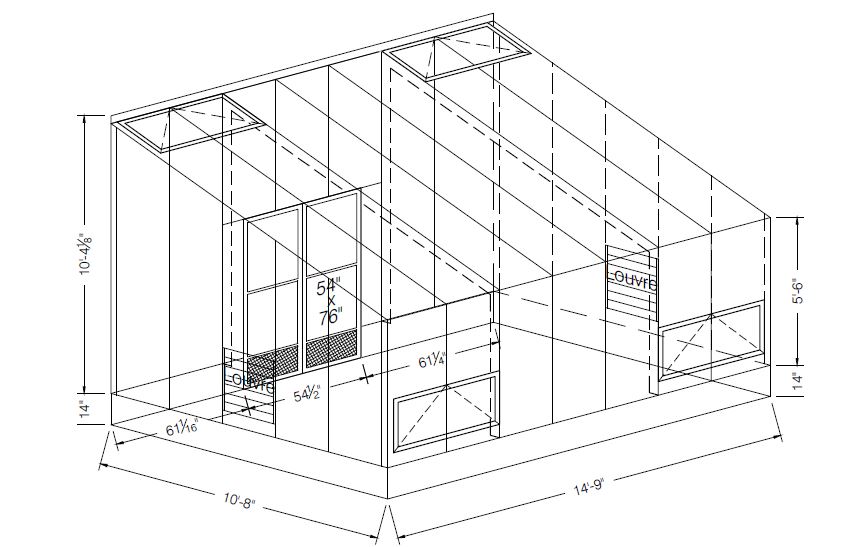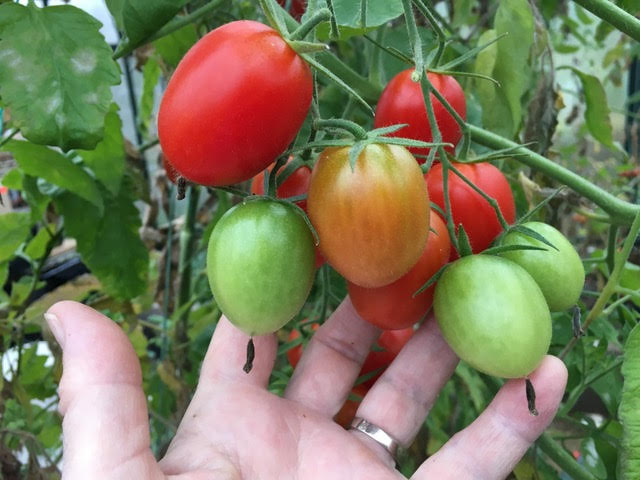Quick Answer:
How do I find the right greenhouse size for my backyard? Choosing the right greenhouse size depends on your gardening goals, available yard space, budget, and whether you plan to grow seasonally or year-round. What should I consider before choosing a greenhouse size? Start by assessing how you’ll use the space—whether for seed starting, food production, or relaxation—and be sure to measure your yard for sun, access, and ventilation needs, keeping future expansion in mind. Which greenhouse size is best for my lifestyle and space? Compact models like 6x6 or 8x8 work well in small yards, mid-size options like 8x12 provide more flexibility, and large greenhouses (12x16 and up) offer year-round growing and entertaining potential—so when in doubt, go one size up to avoid outgrowing your space too quickly.
Choosing the right size greenhouse is one of the most important decisions you'll make on your greenhouse journey. Whether you're dreaming of growing fresh veggies all year long or just looking for a cozy backyard retreat to nurture your favorite plants, getting the size right can make all the difference. At BC Greenhouse Builders we're here to help make the choice easier and more confident.


